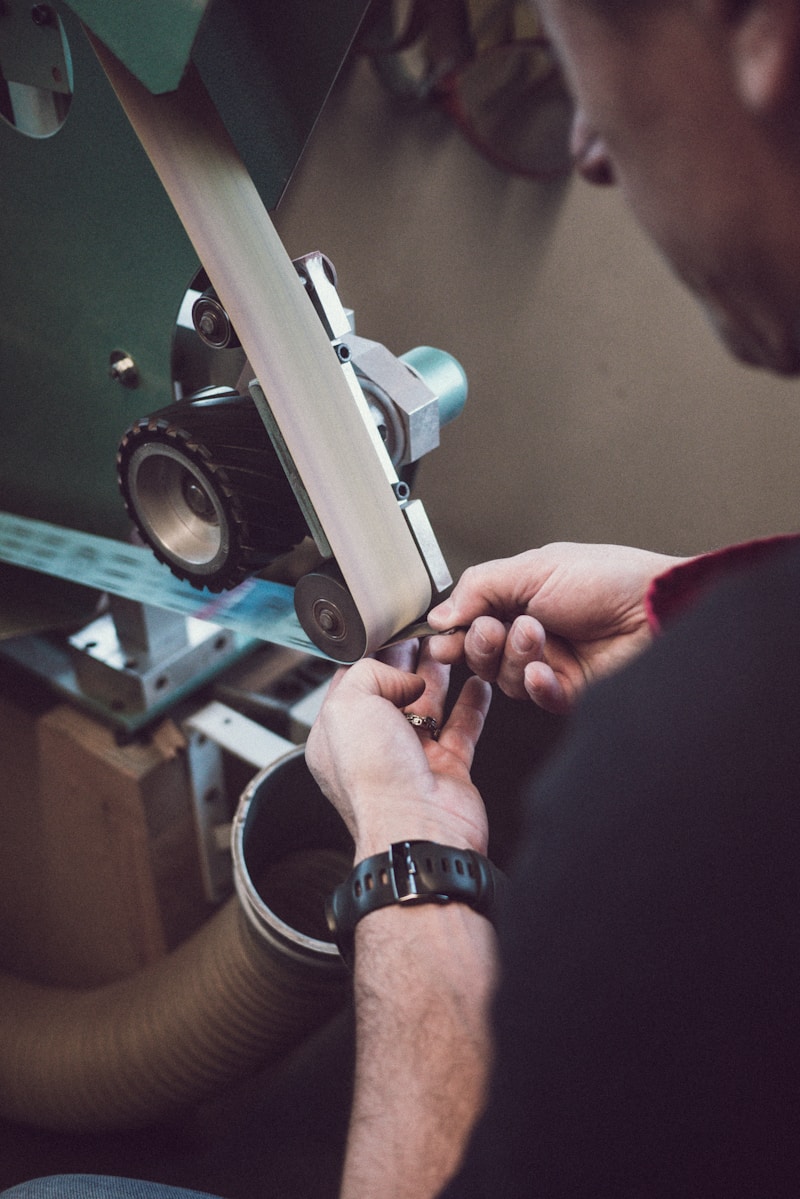Preparing for Alterations: A Complete Checklist for Seamless Fashion Adjustments
Preparing for Alterations: A Complete Checklist for Seamless Fashion Adjustments
Introduction to Alterations
When it comes to fashion, fit is everything. Whether you're preparing for a special occasion, a job interview, or simply want your daily wardrobe to fit like a glove, preparing for alterations can make all the difference. Below, we’ll provide a comprehensive checklist that will help you navigate the world of clothing alterations effectively.
Understanding the Importance of Alterations
Alterations take a piece of clothing from "just okay" to "perfect fit." They play a crucial role in ensuring that your apparel enhances your body shape and complements your style. But, before you rush to the tailor, a little preparation can go a long way. Here’s why you should consider alterations:
- Enhanced Comfort: Clothing that fits well allows for ease of movement, enhancing your comfort throughout the day.
- Improved Aesthetics: Well-fitted clothes highlight your best features, giving you a more polished and stylish appearance.
- Cost-Effective: Altering a piece of clothing can be much more economical than purchasing new items, especially for high-quality garments.
Checklist for Preparing for Alterations
Follow this checklist to ensure a smooth alteration process:
| Step | Details |
| 1. Assess the Garment | Look for areas that need changes, such as hems, sleeves, or waistlines. |
| 2. Bring Appropriate Underwear | Wear the type of undergarments you plan to use with the outfit—this helps in assessing fit accurately. |
| 3. Choose the Right Footwear | If applicable, wear the shoes you intend to pair with the outfit to get the right length measurements. |
| 4. Know Your Budget | Decide how much you’re willing to spend on alterations before consulting with your tailor. |
| 5. Research Tailors | Find local tailors with good reviews, and consider visiting a few to consult on your alterations. |
| 6. Make a List of Alterations | Write down all the changes needed, prioritizing them according to necessity. |
| 7. Schedule an Appointment | Contact your chosen tailor to book a fitting session. |
Common Types of Alterations
Understanding common types of alterations can help you communicate effectively with your tailor. Here are some frequent adjustments:
- Hem Adjustments: Shortening or lengthening the hem of dresses, skirts, and pants is the most common alteration.
- Waist Adjustments: Taking in or letting out the waist of trousers, skirts, and dresses to ensure a snug fit.
- Sleeve Adjustments: Modifying the length and fit of sleeves to achieve the desired look.
- Side Seams: Adjusting side seams can give your clothing a more tailored silhouette.
- Cuffs and Collars: Repairs or alterations to cuffs and collars can refresh the look of your garments.
Tips for Communicating with Your Tailor
Effective communication with your tailor is crucial for achieving the desired results. Here are some tips:
- Be Specific: Clearly describe what you want. Use visual aids or examples to convey your ideas.
- Discuss Your Lifestyle: Share your daily activities and style preferences so your tailor can tailor the adjustments accordingly.
- Be Open to Suggestions: Experienced tailors can provide valuable insight into what will work best for your body type and clothing design.

To ensure a flawless alteration experience, it’s beneficial to understand some common tailoring tools and techniques. Here’s a brief overview:
- Seam Ripper: Used to cut stitches and remove seams.
- Measuring Tape: Essential for taking accurate body measurements.
- Tailor’s Chalk: This temporary marking tool is used for marking alterations on fabric.
- Needles and Thread: Basic sewing supplies for quick fixes at home.
Conclusion
Preparing for alterations doesn't have to be daunting. By following the checklist above and understanding the common types of adjustments, you can ensure that your garments fit perfectly, enhancing both your comfort and style. Always remember to communicate clearly with your tailor and maintain a budget to avoid surprises. Take these steps to transform your wardrobe and feel confident in every outfit.
Final Thoughts and Recommendations
As you embark on your alteration journey, keep in mind that patience is key. Quality alterations can take time, but the end result is worth it. Don't hesitate to ask questions during your fitting appointment and make sure to test the garment after alterations to ensure it meets your expectations. Happy tailoring!
